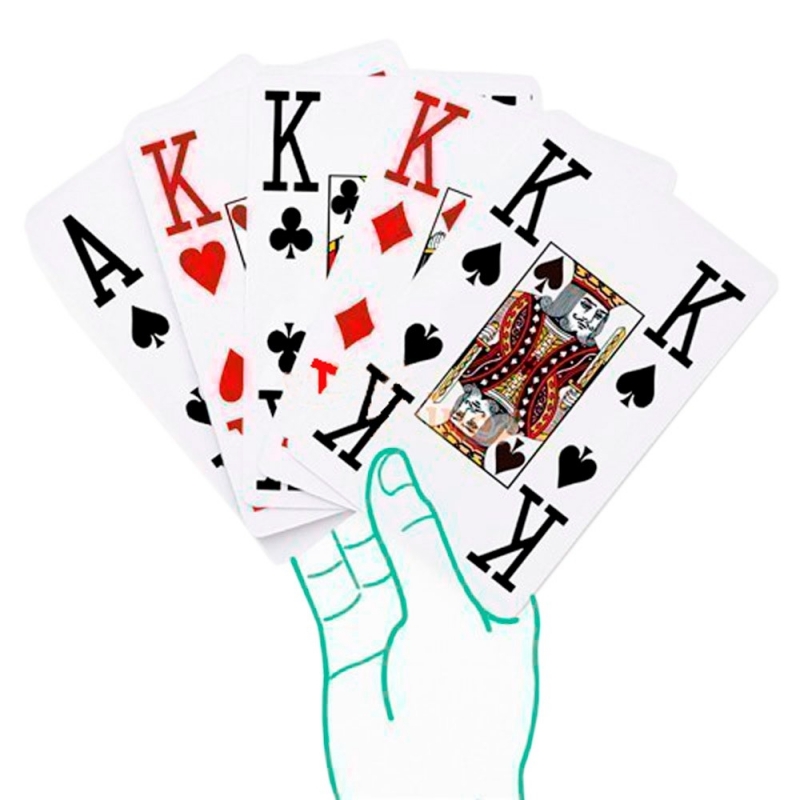
Poker is a card game where players bet on the strength of their hands. While the outcome of any given hand does involve a significant amount of chance, it also involves a lot of skill and psychology. Moreover, poker becomes even more complex when there are bets involved.
The first step in learning to play poker is to understand the basics of betting. This is important because it determines your expected win rate and how much you will lose in the long run. In order to maximize your chances of winning, you should always bet aggressively when you have a strong hand.
You should also try to guess what other players have in their hands. This can be done by observing their actions and betting habits. For example, if a player checks after seeing the flop and then raises on the turn, it is likely that they have a high pair. This type of action usually results in a large pot.
Another important aspect of poker is knowing when to fold a bad hand. This can be difficult because most players will try to make the best of a bad situation. However, if you have a weak poker hand and you can’t beat the player’s current bet, you should fold. You can also try to bluff to force your opponent to call your bets.
When you are new to poker, you should start by playing one table and observing the other players’ actions. This will help you develop your own strategy and learn from other players’ mistakes. In addition, you should only gamble with money that you can afford to lose. It is also a good idea to track your wins and losses so that you can see if you are making progress or not.
While there are many different poker strategies, the most successful ones are developed through careful self-examination and detailed study of the game. Many players also like to discuss their strategy with other people for a more objective look at their strengths and weaknesses. Ultimately, the most important thing to remember is that poker is a game of chance, but it can be made more profitable by using skill and psychology.
A poker hand consists of five cards dealt to each player. There are four rounds of betting in the game, with raising and re-raising allowed. The first round of betting begins with the player to the left of the dealer. After the second round of betting, the fourth and final community cards are revealed. This is known as the “river” stage.
During the river stage, each player must decide whether to continue with their poker hand or fold. It is important to consider your opponent’s betting patterns and their position in the poker hand before making a decision. In general, it is better to be tight in the early positions and aggressive in the late ones. You should also pay attention to bet sizing, stack sizes and card strength.